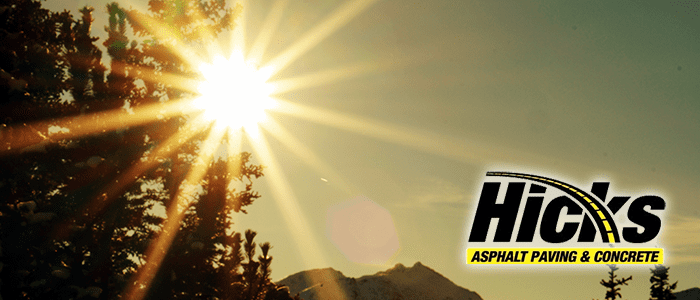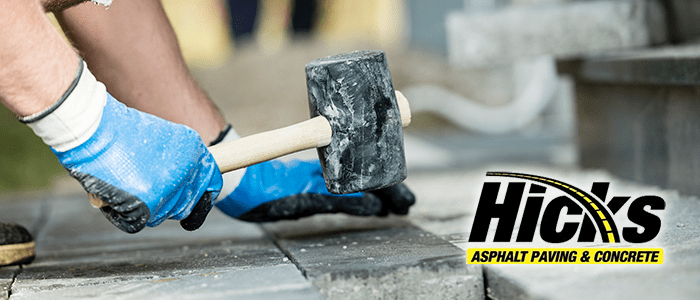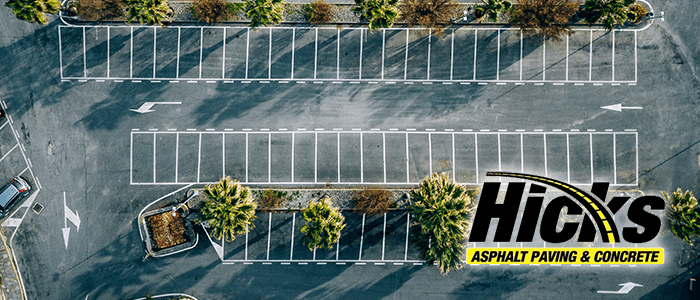We all know how the sun damages our skin when exposed for too long – especially without sunscreen. However, are you aware the sun can wreak havoc on your asphalt driveway and parking lot as well? Does the sun really do damage to your pavement? The short answer is yes, extended exposure to the sun causes damage to your pavement. Such advanced aging not only makes your pavement look old before its time, but it also makes surrounding properties look worn and undesirable.
How Sun Exposure Causes Damage
As the temperatures rise, so do the temperatures in the asphalt of your driveway or parking lot. When the asphalt becomes too hot, it can soften making it vulnerable to the damage from even normal use and traffic.
While asphalt is a puppy that needs food, water, and attention every day, it does require some maintenance often. While losing its color is hardly an issue, it can contribute to a more dull look and a lowered curb appeal. Maintenance can help reduce further issues like cracking, splitting and breakage. Sealcoating will keep your asphalt and protect it from the heat and UV rays from the sun while also covering small cracks and improving the overall aesthetic appeal of your driveway or paved parking lot.
UV energy given off by the sun can also do a number on your asphalt over time. Continuous exposure to UVA and UVB rays can actually cause the binding agents in asphalt to break down and weaken. As the asphalt loses its binding agents, the aggregate begins to break through the surface, creating the grayish color commonly known with aged or neglected parking lots.
Your Options for Restoration
Fortunately, there is no reason to have to invest in brand new intensive resurfacing. There are plenty of options to choose from when it comes to rejuvenating and protecting your paved surfaces:
- Sealcoating: This option involves coating the parking lot with an emulsified asphalt solution containing anti-oxidation additives. Sealcoating not only rejuvenates the appearance of old asphalt, but it also provides effective protection against UV damage.
- Slurry Seal: Slurry Seal works similarly to sealcoating, except you add aggregate to emulsified asphalt solution. The added aggregate fills in the fine lines caused by lost aggregate over time.
- Microsurfacing: Microsurfacing takes the slurry seal process a step further by including chemical additives that allows the slurry seal to harden without external heat. This allows the treated pavement to harden faster than a standard slurry seal—usually in just one to two hours.
- Tire Rubber Modified Surface Seal: This method uses asphalt binders mixed with ground tire rubber to restore lost surface oils and prevent loose aggregate from eroding from the asphalt surface.
Sealcoating is usually considered the simplest and most affordable option for restoring asphalt pavement to like-new condition. This process requires special equipment to blend the rubber used in the process, if done professionally. This can add considerable time and expense to an otherwise straightforward project.





